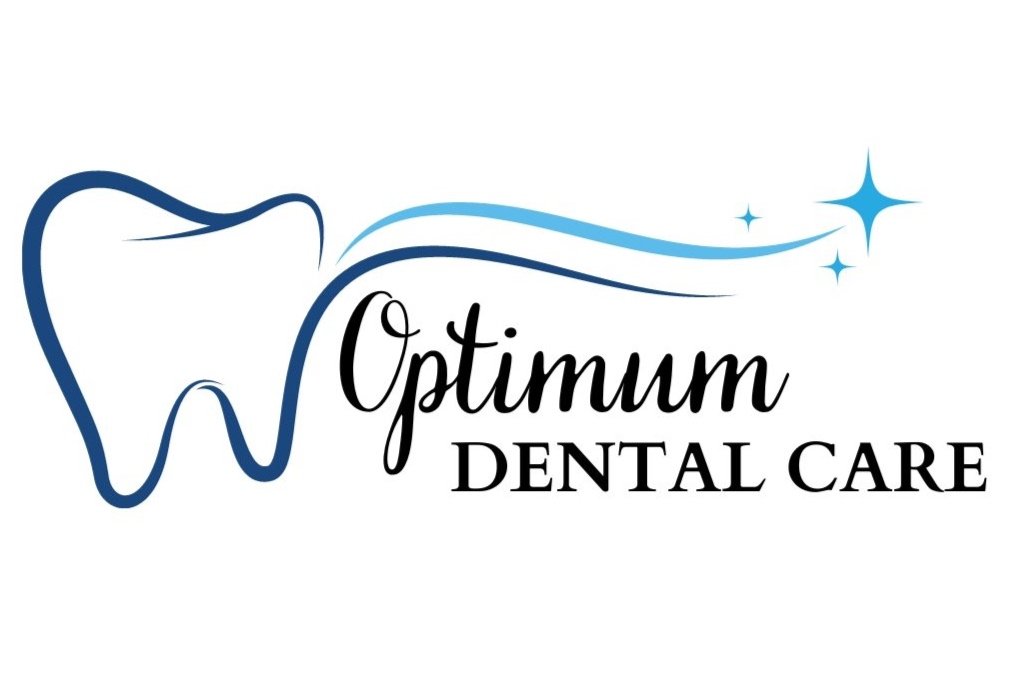Dental Fillings
Question: What are the different types of dental fillings?
Answer: Dental fillings are used to fill dental cavities once the decay have been removed by the dentist. A drill is used to remove the decayed portion of the tooth , this is caused by acid-producing bacteria that invades a tooth. Poor oral hygiene that causes plaque and tartar build up provides the environment in which these bacteria flourish. Once the infected hard tissues have been removed, the resulting cavity preparation must be filled in order to restore structural integrity to the tooth. This helps to prevent further damage to the tooth and hopefully prevents the need for eventual root canal or extraction.
Types of Dental fillings
- Amalgam ( also called silver fillings)
- Composite resin ( also called white or plastic filling)
- Glass Ionomer Cement
- Resin- Ionomer Cement
- Porcelain ( ceramic)
- Gold
Amalgam: these fillings are a mixture of mercury (43-54%) and powdered alloy made mostly of silver, tin, zinc and copper .Due to the known toxicity of mercury, the main component of amalgam fillings, there is ongoing discussion on the use of this filling material. These fillings have been in use for many years and are very strong, they can withstand heavy biting pressure. In addition to that, it is relatively inexpensive and most dental insurance companies will cover amalgam fillings.
Composite Resin: these fillings are a mixture of powdered glass and plastic resin, and can be made to resemble the appearance of natural tooth. They are strong, durable and cosmetically superior to the ‘silver’ fillings. These fillings are more expensive than amalgams and usually take a little longer to do. They stain over a period of time depending on factors such as tea, coffee and tobacco use. For the posteria teeth, composite fillings are not as strong as amalgam but many dentist and patients prefer them due to the more cosmetic appearance. Many insurance companies do not pay for composite filling on back teeth.
Glass Ionomer Cement: these fillings are a mixture of glass and organic acid, they are tooth colored but vary in translucency. They contain and releases fluoride which is important in preventing carious lesions. They are usually used for root caries and sealants.
Resin-Ionomer Cement: these are a combination of glass ionomer and composite resin and usually requires to be light cured to become hard.
Porcelain: these fillings are hard and brittle and can wear away opposing teeth.
Gold: Gold fillings (not gold caps) have excellent durability and if done properly can last a long time, up to 30-40 years. However due to the availability of composite ‘white’ fillings and recent advances in dental porcelains, gold fillings are not done as much any more. They are also very expensive usually made with 14 or 18 kt gold for inlays and onlays or 24 kt gold when done as a ‘gold foil’, a certain type of filling that is rarely done anymore.
Recommendation:
The most obvious differences between amalgam and composite fillings are the color. Although more cosmetic, composite fillings are not as strong as amalgam fillings and may have to be replaced more often if used on the back teeth.
Composites are the filling of choice for front teeth, they can mimic natural teeth color very closely and are used to get great cosmetic results.
Amalgams have been used for more than 100 years and continue to be used by many dentists around the world. Even in small amounts, mercury can be a deadly poison. However, in a filling, the metals are mixed into a highly durable, stable compound and only an infinitesimal amount escapes into the body, less than half of what we normally get daily from food, air and water.
However because of the recent controversy surrounding mercury in food stuff, dental fillings and the environment, many patients are opting to replace their amalgam fillings with composite fillings. This decision should be purely elective for the patient, because no scientific study to date have indicated that dental fillings release significant mercury in the body to cause any harm.
